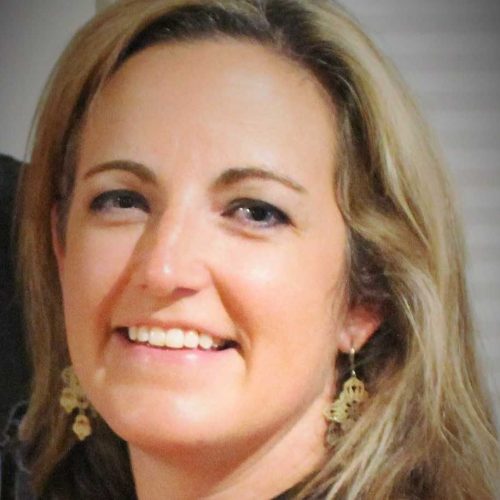While non-teaching staff makes up over half the total employees in a school, little research digs into how their turnover rates vary and what effect that could have on school culture, teachers, and students. A recent working paper by Emily Penner, Yujia Liu, and Aaron Ainsworth from the University of California, Irvine, finds that while conversations about teacher turnover dominate news headlines, teachers are actually the most stable group of all types of school employees.
Evidence increasingly suggests that non-teaching staff (e.g., paraprofessionals,992 counselors,993 nurses994) can have quite an effect on student outcomes, and they make teachers’ jobs easier. Turnover in these staffing groups may result in students receiving less effective services from less experienced staff, or in some cases, no services at all. It is often historically marginalized students, such as students with disabilities, English Learners, and students experiencing trauma, who rely most on non-teaching staff.995 So higher turnover rates may affect these students more.
Examining pre-pandemic data from 2006–07 to 2016–17, the study found meaningful differences in attrition and mobility patterns between staffing groups. At least half of the employees lost from a school building each year are paraprofessionals and staff, meaning that these staff groups are leaving at disproportionately high rates. However, there is large variability. In some schools, the largest share of turnover came from paraprofessionals and other staff, while in others, the largest share was from teachers. Similarly, some schools had little employee turnover, while others lost more than three-quarters of their staff.
The study found a few consistent predictors of turnover: 1) students’ suspension and expulsion rates and 2) getting a new principal. They also found that higher average salaries were associated with lower turnover in all staff groups, although this was not statistically significant for paraprofessionals. This finding may suggest that factors influencing teacher turnover may not necessarily be the same for other staffing groups.
Surprisingly, schools with the highest rates of student poverty did not necessarily also have the highest rates of paraprofessional turnover across three years. While 31% of schools with high student poverty showed high rates of turnover, 45% of schools serving the highest-income students (or low-poverty schools) also had high rates of turnover among paraprofessionals.
This study raises questions about how different strategies may influence paraprofessional turnover, but it does have some limitations. The data used is only from one state and only goes through 2016–17, meaning it does not include any impact from the COVID-19 pandemic. Additionally, while the study provides new insight into patterns in turnover, it does not reveal the consequences of this turnover on student outcomes.
Unfortunately, few states have the data systems set up to examine these questions about turnover in the labor force. This lack of clear data reinforces the need for better data systems focused on teachers and other employee groups, so district and state leaders can better understand the attrition and mobility patterns of all staff and devise strategies that will have a positive impact on students and overall school culture. Additionally, more research is needed to understand the effect that these various levels of churn among non-teaching staff have on students and teachers to inform how school leaders should direct their resources.
This research signals the need to consider the entire school ecosystem of employees and all the roles that are needed to make a school function well. When focusing on recruitment and retention strategies, districts would do well to consider all staff groups and how they may need to differentiate their approaches.
More like this

Are your substitute teachers getting paid more at Walmart?
Districts nationally are struggling to build strong pools of substitute teachers. Yet in 40% of the large districts we analyzed, entry-level substitute teachers are paid less than what they would earn hourly if they worked in retail.

Paraprofessionals: Understudied, undercompensated, and in short supply
Little is know about paraprofessionals in the classroom, but a recent study in Washington sheds some much-needed light on these important players.

Eight ways states can act now to retain an effective, diverse teacher workforce
A focus on teacher
recruitment without appropriate attention to retention is like trying to
collect water in a sieve.

